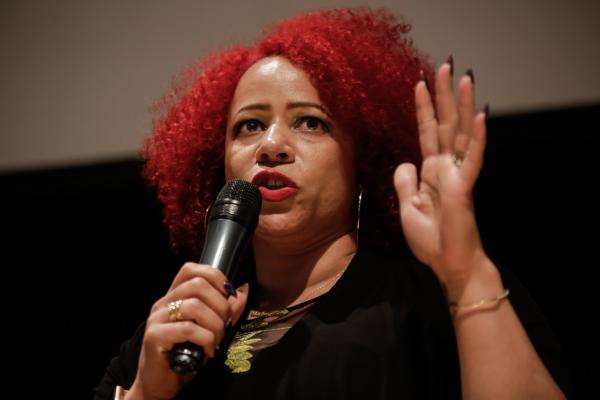Jun 2, 2021
For the board of trustees at UNC-Chapel Hill, Hannah-Jones is a living memorial, a journalist who will tell us what happened, who holds up memory and urges us not to look away.
Read the Full Article

Already a subscriber? Login
